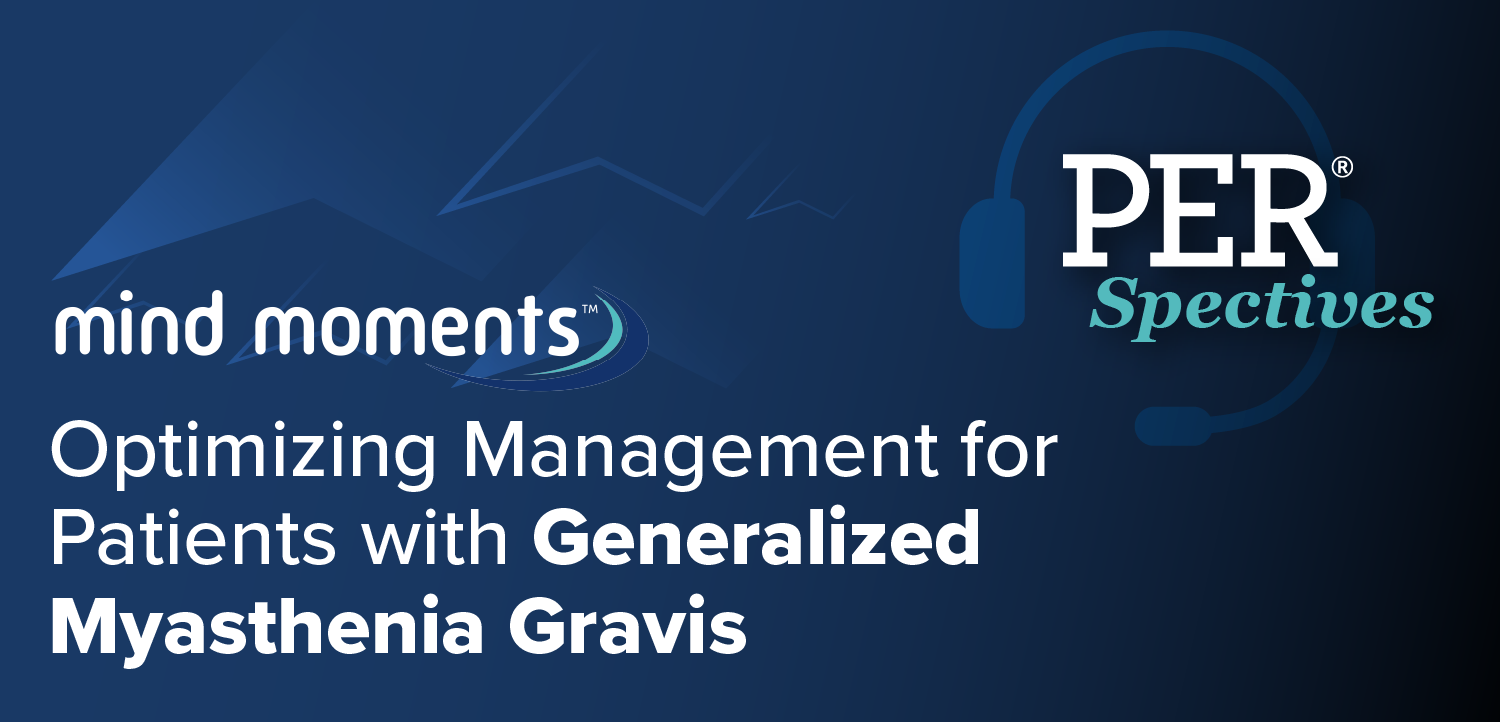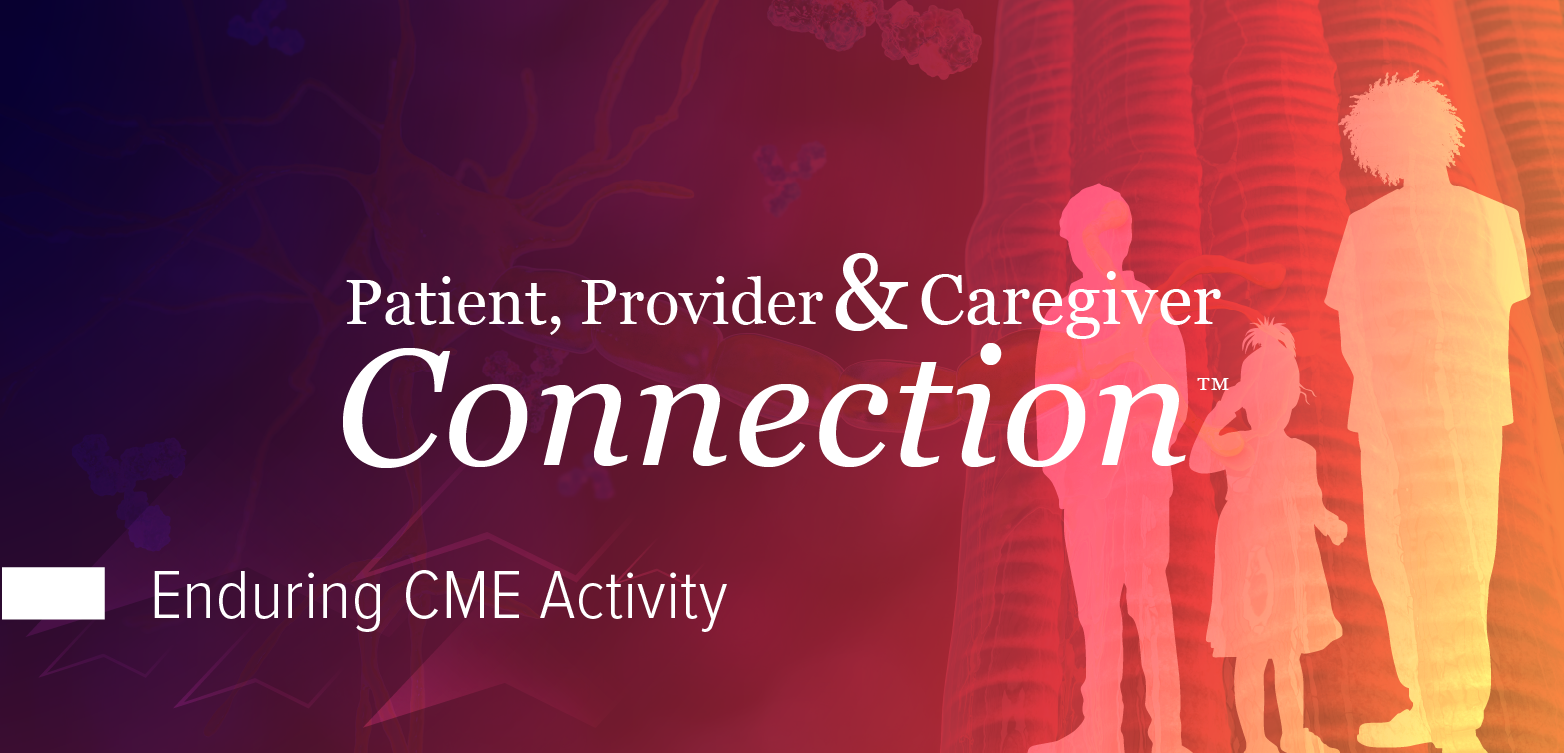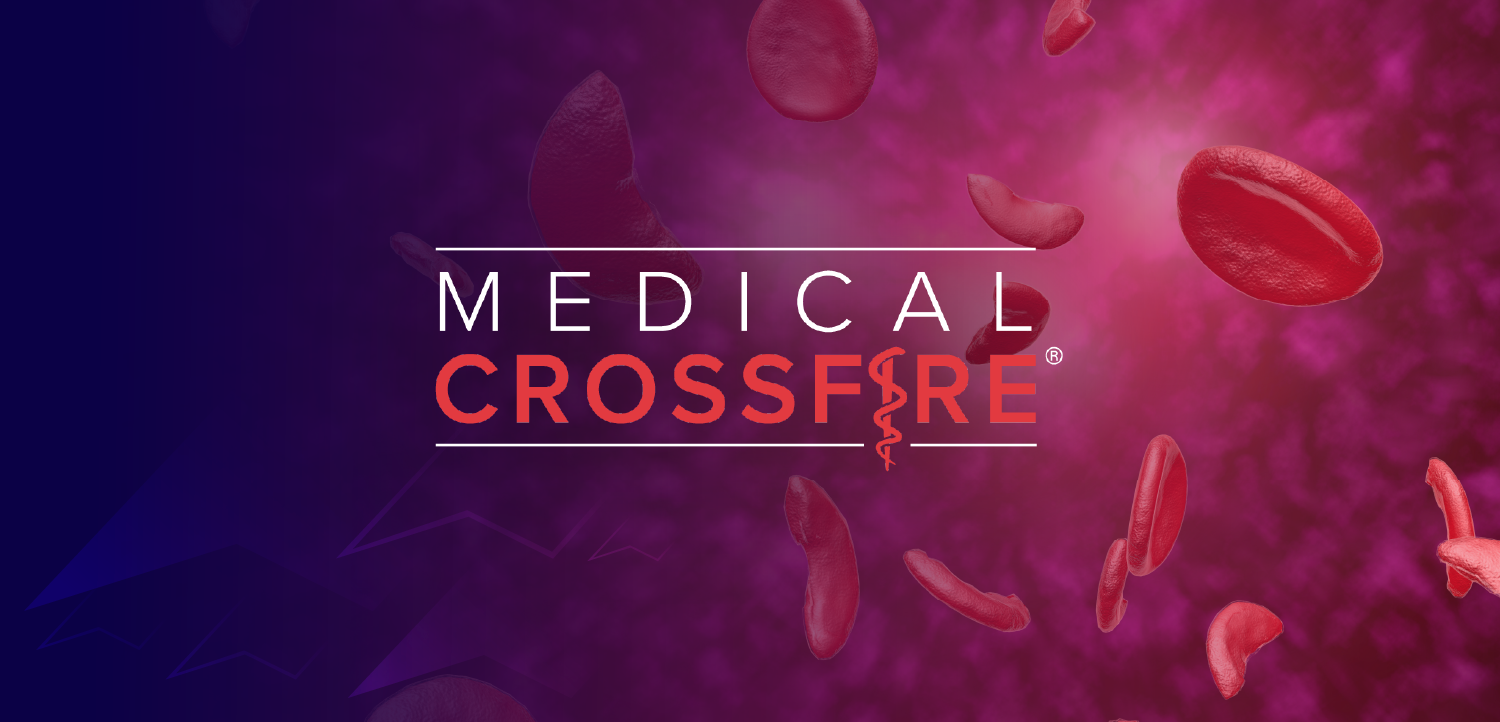
The 5 Essential Adult Vaccines: What Your Patients Need to Know
Please remind your adult patients that these recommended vaccines (eg, pneumococcal, flu, HPV) are essential to protect them, and their communities, from serious outcomes.
August marks
A health care professional’s recommendation and counsel remain the most trusted vehicles for vaccine advocacy and primary care the most viable clinical setting.
There are good reasons to spotlight the adult population for these shots this year, as follows:
- Influenza (Flu) Vaccine: In the 2024–2025 season,
flu vaccination coverage among adults was about 46.7%; coverage is much higher for adults aged 65 years and older (nearly 70%), but lower for younger adults and historically underserved groups. There has also been a noted decline in influenza vaccine uptake compared to previous years, with adults over age 35, men, and some minorities having lower rates.1 - Tdap (Tetanus, Diphtheria, Pertussis) Vaccine: Among adults aged 19 years and older, 28.6% reported receiving Tdap specifically, with overall rates (any tetanus vaccination in last 10 years) at about 59%. Uptake is lower for Black, Hispanic, and Asian adults compared to White adults, and far below levels seen in teens.2
- Shingles (Herpes Zoster) Vaccine: Uptake among adults aged 50 and older increased to 30.1% during 2020–2022, up from about 25% previously. However, completion rates for both Shingrix doses are uncertain, and uptake remains lower in minorities and the younger end of the eligible age range.3
- Pneumococcal Vaccine: Only about 65% of adults aged 65 years and older have received a pneumococcal vaccine, and about 22% of those between ages 19 and 64 with medical indications are covered. Coverage is especially low among Black, Hispanic, and Asian adults compared to Whites. Uptake of newly recommended PCV20 for adults ages 50 to 64 remains below 14%.4
- HPV Vaccine: While HPV vaccine rates are higher for adolescents, only about 17.8% of adults aged 18 to 26 years have completed the series, and the number of adults receiving at least one dose remains well below Healthy People 2030 goals. Significant disparities persist by race/ethnicity and insurance status.
Use August this year as a catalyst for patient conversations: update immunization records, address vaccine hesitancy, and educate on the specific risks each vaccine aims to mitigate.
References
Weekly flu vaccination dashboard. FluVaxView. CDC. Updated May 7, 2025. Accessed August 15, 2025. https://www.cdc.gov/fluvaxview/dashboard/index.html
Vaccination coverage among adults in the United States, National Health Interview Survey, 2022. AdultVaxView. CDC. Updated October 4, 2024. Accessed August 15, 2025. https://www.cdc.gov/adultvaxview/publications-resources/adult-vaccination-coverage-2022.html
Lin J, Dai Z, Li C, He W-Q. Change in herpes zoster vaccination uptake before and during the COVID-19 pandemic in the United States older adults. Vaccine. 2025;62. doi:10.1016/j.vaccine.2025.127503
2. Averin A, Vietri J, Mohs AA, et al. Uptake of pneumococcal vaccines among United States adults following 2022 update to recommendations. AJPM Focus. 2025;4(5):100384. doi:10.1016/j.focus.2025.100384
Gao MZ, Awonusi O, Ramkumar SP, et al. The affordable care act and change in human papillomavirus (HPV) vaccine uptake in the United States. Vaccine. 2025;50. doi:10.1016/j.vaccine.2025.126842
Newsletter
Enhance your clinical practice with the Patient Care newsletter, offering the latest evidence-based guidelines, diagnostic insights, and treatment strategies for primary care physicians.




























































































































































































































































































